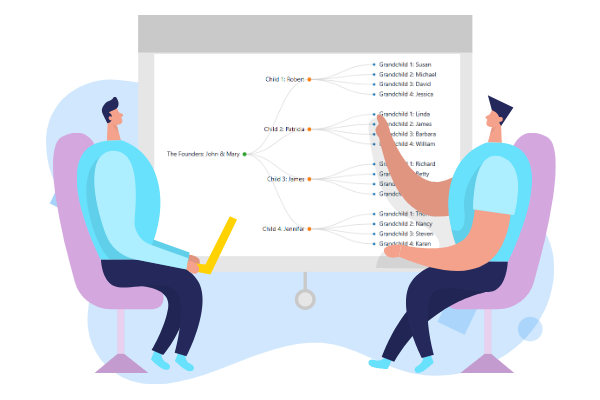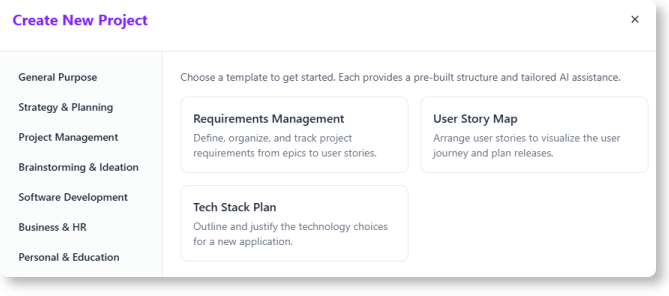Hierarchical thinking is making a major comeback, driven by AI workflows, faster decision-making needs, and the growing pressure to simplify complex information. Tree diagrams, once seen as a basic planning technique, are now becoming one of the most practical tools for anyone who needs clarity — from business teams to educators to content creators.
Tree diagrams help you break down ideas into structured layers. They reveal relationships, dependencies, and priorities at a glance, making them a perfect fit for the way modern teams work.

The Return of Hierarchies in the Age of AI
AI tools generate a massive amount of information. The challenge is no longer getting insights — it is organizing them. Tree diagrams are one of the few formats that align naturally with how AI outputs are structured.
Why AI and Tree Diagrams Fit Perfectly
-
AI responses often arrive as layered ideas, steps, or categories.
-
Tree diagrams reorganize raw AI text into a clean structure instantly.
-
Hierarchies reduce cognitive load when reviewing AI-generated content.
-
Teams can turn AI brainstorming into actionable plans without rewriting everything.
This makes tree diagrams a powerful “bridge format” between AI ideation and real-world execution.
Why Tree Diagrams Are Useful Across Industries
Tree diagrams are not just for project managers. Now, they have become essential across many fields because they adapt to almost any workflow.
Business Teams
-
Break down strategies into clear, manageable components.
-
Map decisions and scenarios in a hierarchy for easier alignment.
-
Turn product planning, risk analysis, or org structures into visual models.
Educators
-
Convert complex topics into digestible learning paths.
-
Visualize lesson plans, course modules, and knowledge hierarchies.
-
Help students focus on structure instead of memorization.
Creators and Content Professionals
-
Outline videos, articles, and scripts with clear branching choices.
-
Organize ideas before production to reduce rewriting time.
-
Map multi-path content such as tutorials or interactive stories.
Across all fields, the value is the same: structure makes thinking faster.

Why Tree Diagrams Matter More Today Than Ever
The planning tools market is full of heavy, over-complicated systems. Tree diagrams stand out because they provide clarity without noise.
Key Advantages Driving Their Popularity
-
Instant understanding: You do not need training to read a tree.
-
Simple but powerful: One structure handles decisions, ideas, tasks, and data.
-
Less clutter: You see only what matters, organized from top to bottom.
-
Perfect for hybrid teams: Works equally well for solo planning or group discussions.
The rise of distributed teamwork makes lightweight tools even more valuable — and the tree diagram fits this shift perfectly.

How Tree Diagrams Simplify Everything from Ideas to Execution
A good tree diagram becomes your “thinking map.”
It helps you move from abstract to concrete, from broad vision to actionable detail.
Examples of Workflows Now Built with Tree Diagrams
-
Strategic breakdown → goals → subgoals → actions.
-
Content planning → theme → topics → scripts.
-
Product roadmap → features → enhancements → tasks.
-
Decision analysis → options → impacts → required resources.
-
Research summaries → themes → insights → supporting data.
Teams use them because they reduce ambiguity and accelerate alignment.
The Bottom Line
Tree diagrams may be simple, but now, simplicity is a competitive advantage. As AI continues to shape how we work, hierarchical thinking becomes essential for turning unlimited information into clear, actionable decisions.
Whether you are planning a strategy, teaching a concept, organizing content, or structuring AI-generated ideas, tree diagrams remain one of the most effective planning tools available.